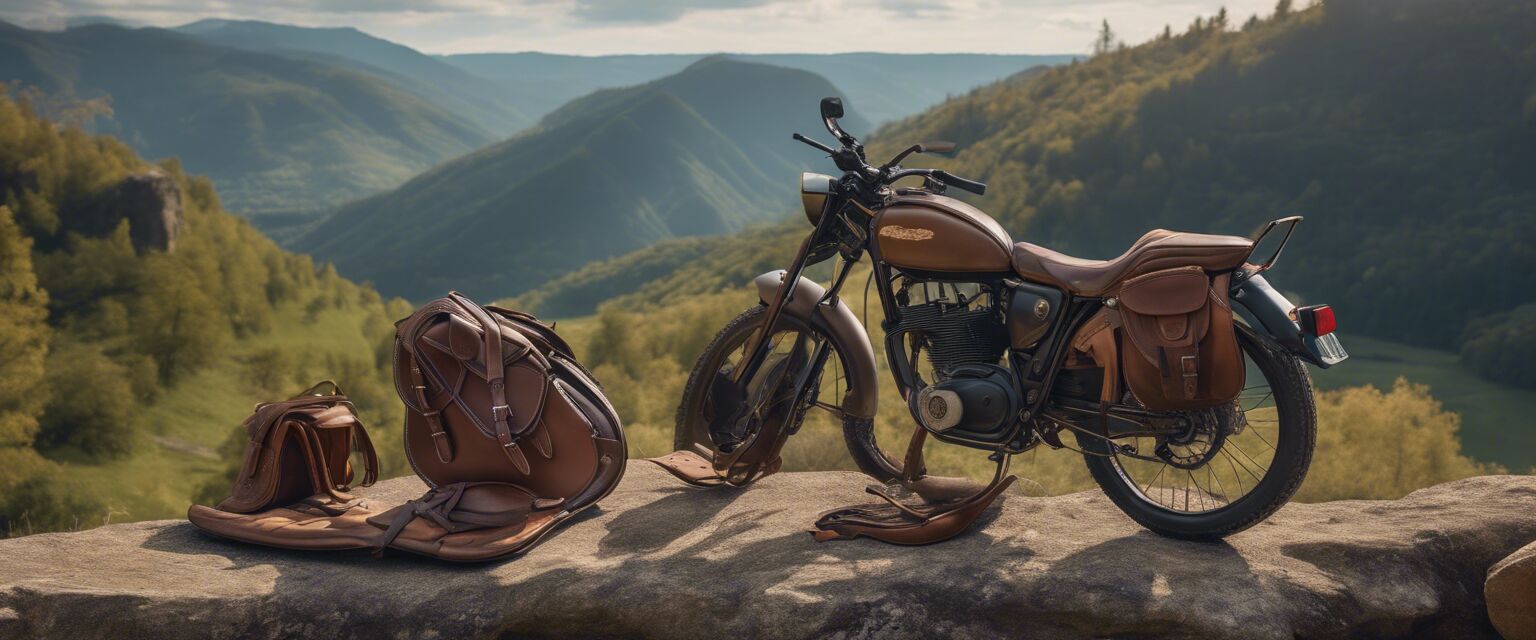
Trail Riding Boots: Detailed Reviews and Buying Guide
Key Takeaways
- Choosing the right trail riding boots is essential for comfort and safety.
- Look for features such as waterproofing, grip, and flexibility.
- Consider the fit and style to match your riding experience.
- Regular maintenance extends the life of your boots.
Trail riding is a wonderful way to enjoy nature and bond with your horse. However, having the right gear is crucial for a safe and enjoyable experience. One of the most important pieces of equipment for both horse and rider is the trail riding boot. This guide will provide you with detailed reviews and insights into what to consider when selecting the perfect trail riding boots.
Why Are Trail Riding Boots Important?
Trail riding boots provide the necessary support and protection for both horse and rider. They help prevent injuries, provide comfort during long rides, and ensure a secure grip while in the saddle. Let's explore the key features that make trail riding boots essential.
Key Features of Trail Riding Boots
- Waterproofing: Essential for wet conditions.
- Durability: Boots should withstand rugged terrain.
- Comfort: Padded insoles for long rides.
- Traction: Non-slip soles for safety.
- Breathability: Keeps feet cool during rides.
Types of Trail Riding Boots
There are several types of trail riding boots available. Each type serves different needs and preferences:
| Type | Description | Best For |
|---|---|---|
| Western Boots | Designed with a high shaft and a pointed toe. | Western trail riders. |
| English Boots | More fitted and often made of leather for better control. | English style riders. |
| All-Terrain Boots | Versatile boots suitable for various terrains. | Mixed trail riders. |
| Rubber Boots | Waterproof and easy to clean. | Wet or muddy conditions. |
How to Choose the Right Trail Riding Boots
Selecting the right pair of trail riding boots involves considering several factors:
- Fit: Ensure a snug fit without being too tight.
- Material: Choose between leather or synthetic materials based on your preference.
- Height: Consider the height of the boot for added protection.
- Purpose: Think about the type of riding you will be doing.
- Price: Set a budget that fits your needs.
Maintenance Tips for Trail Riding Boots
Beginner's Section: Maintenance Tips
- Clean your boots regularly to prevent dirt buildup.
- Use waterproofing sprays to maintain water resistance.
- Store them in a cool, dry place to prevent mold.
- Check for wear and tear before each ride.
- Use boot trees to maintain shape when not in use.
Comparison of Popular Trail Riding Boots
| Boot Model | Material | Waterproof | Price Range |
|---|---|---|---|
| TrailMaster Boots | Leather | Yes | $150 - $200 |
| EquiComfort Boots | Synthetic | No | $100 - $150 |
| Rugged Rider Boots | Rubber | Yes | $80 - $120 |
| TrailBlazer Boots | Leather | Yes | $200 - $250 |
Pros and Cons of Trail Riding Boots
Pros
- Provides excellent support and protection.
- Available in various styles for different preferences.
- Durable materials ensure long-lasting wear.
- Improves riding experience with comfort and grip.
Cons
- Some models can be expensive.
- Not all boots are waterproof.
- Heavy boots may cause fatigue on long rides.
- Sizing may vary between brands.
Conclusion
Choosing the right trail riding boots is crucial for both comfort and safety while enjoying the great outdoors. By considering the various types of boots, maintaining them properly, and understanding the key features, you can find the perfect pair that suits your trail riding needs.
Further Reading
Images in this Article












